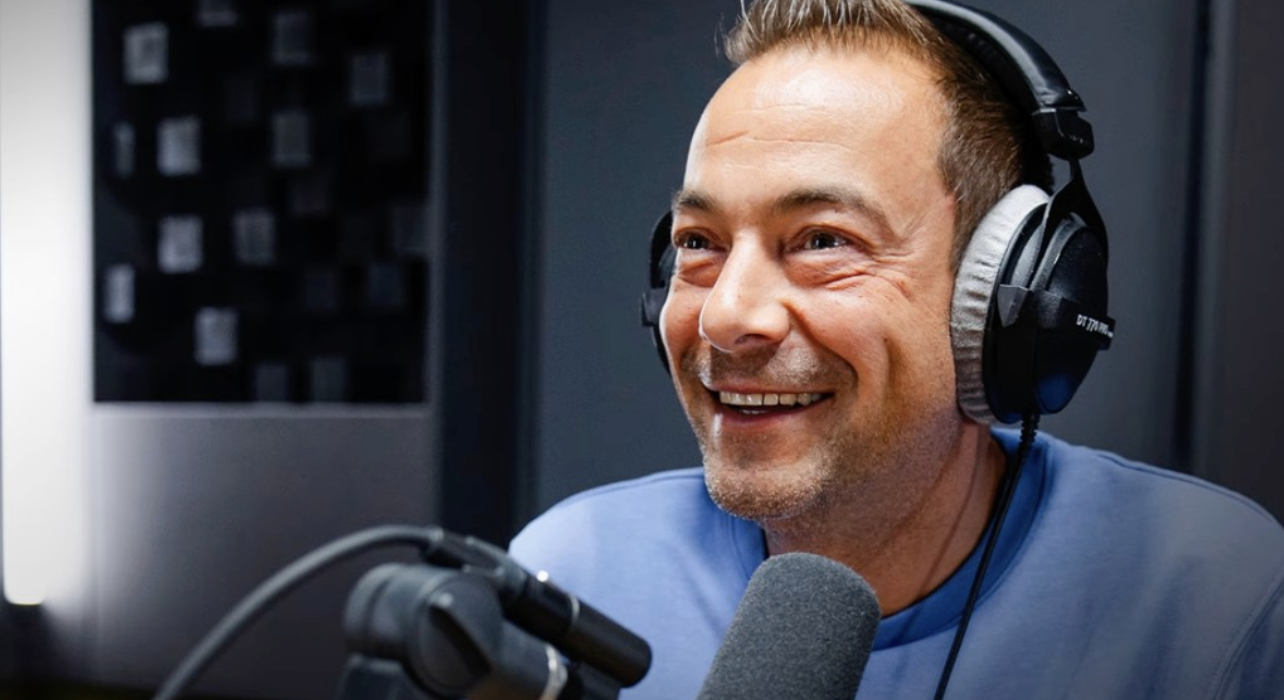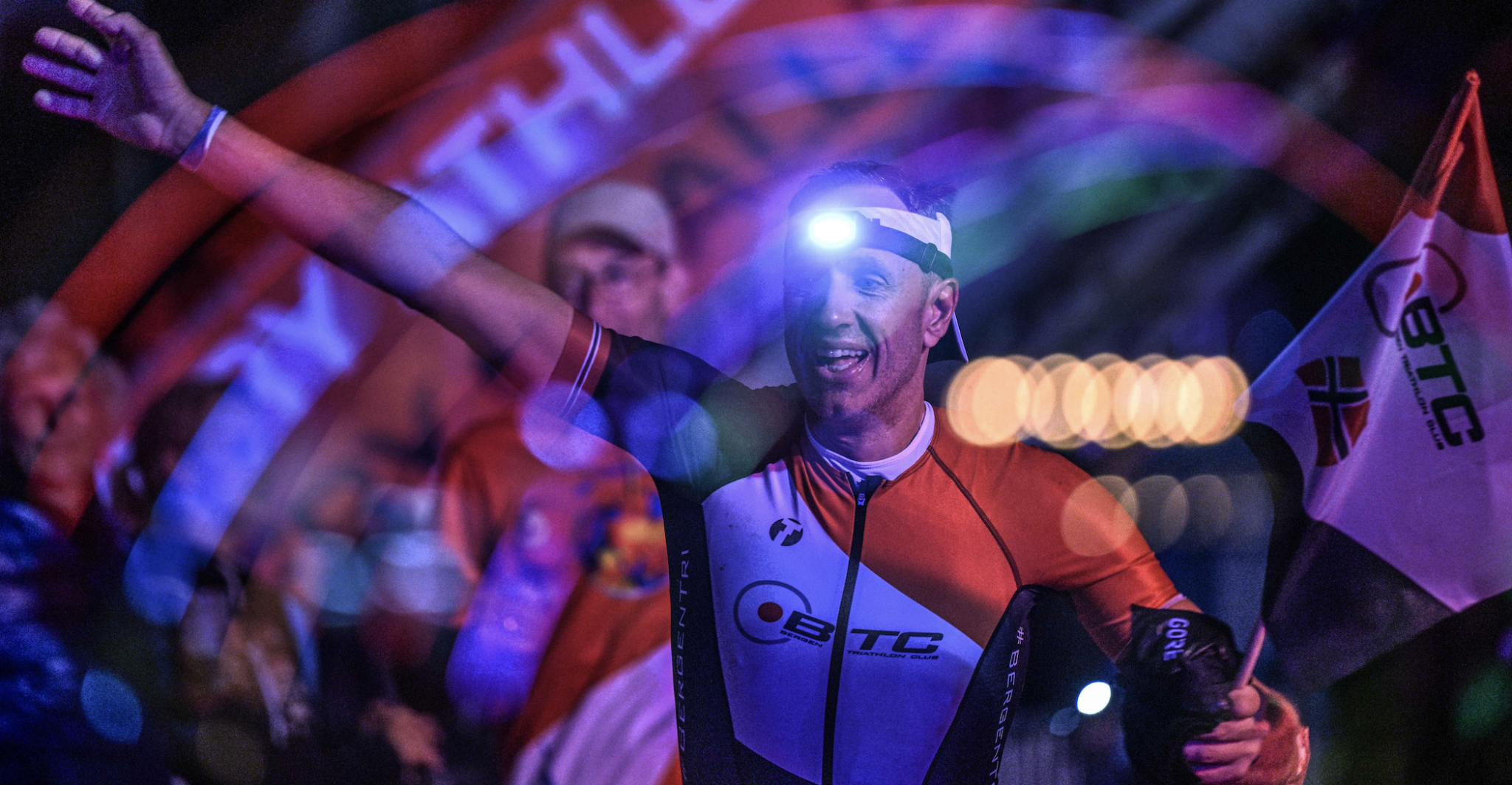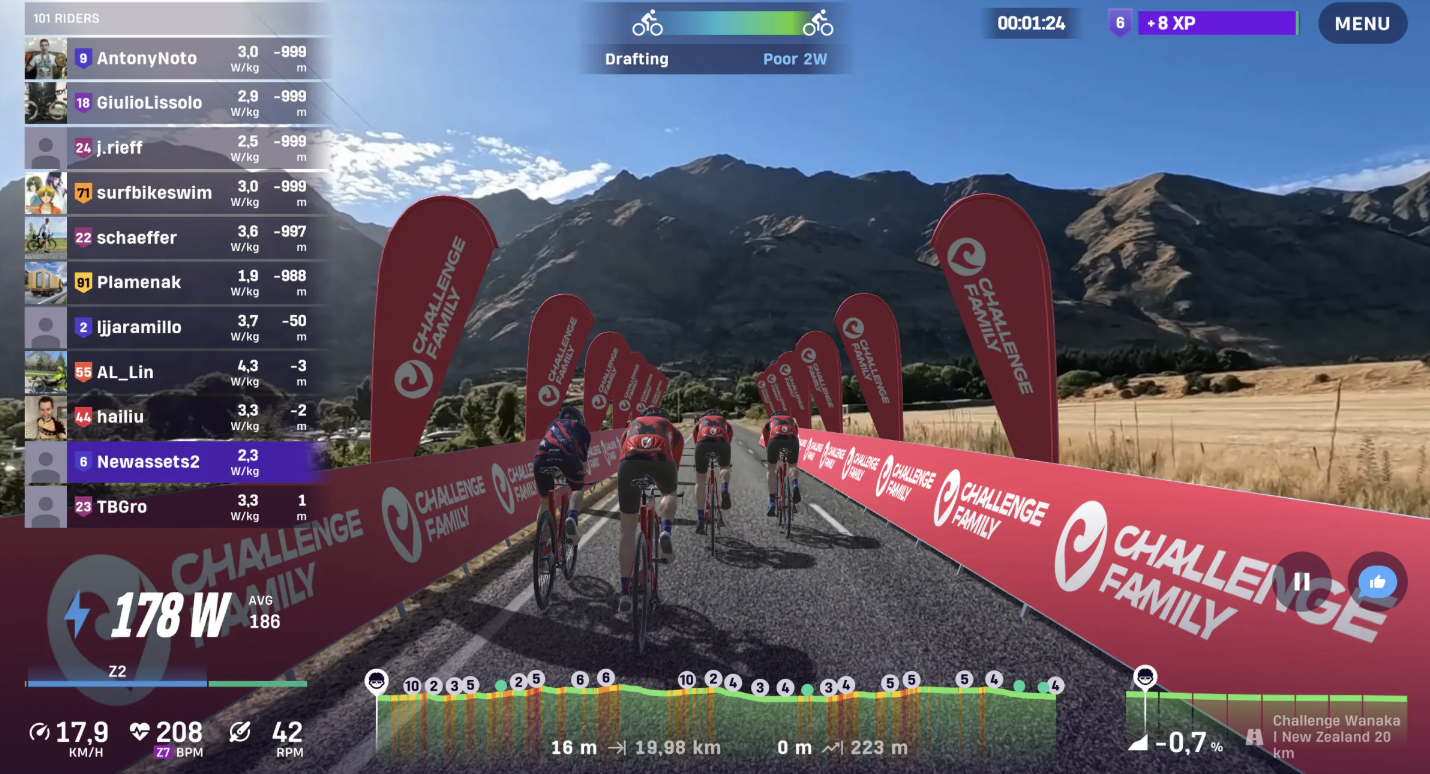Racing Challenge Almere-Amsterdam? After completing the race herself in 2023, TRI247-reporter Jenny Lucas-Hill shares some top tips for taking on this unique below sea-level course.
It’s fast, it’s flat… but it’s certainly not easy. The course at Challenge Almere-Amsterdam is demanding in it’s own unique way. Whether you’re racing the 2024 edition and looking for some last minute tips. Or eyeing it up for your 2025 race calendar. Get some top tips for racing Challenge Almere-Amsterdam, so you can get the most out of yourself at this personal best-ready event.
Don’t underestimate the bike course
A flat course profile doesn’t necessarily mean you’re in for an easy ride. “Most of the athletes do think it’s an easy course because it’s flat (like totally flat),” says Challenge Almere-Amsterdam Press Officer Tim Moria. “But since we have long, straight roads and most of the time pretty windy conditions (especially on the dykes), it can be quite a demanding course.”
The head wind can be just as tough as hills, and because you’ll need to focus on being as aero as possible (more on that in second!) it can also be quite hard on the body holding the aero position with very little let up. It’s also worth noting that while the majority of the bike course is long straight roads, there are a few little winding sections near the start on narrow bike paths – so don’t neglect your bike handling skills.
Keep in mind that the flat course profile at Challenge Almere-Amsterdam also means you’ll have little reason to come up out of your aero position, and no opportunity to free wheel downhill. “There’s almost no time to give the legs a bit of a break and that can be killing!” says Tim Moria.
Aero is everything
With the head wind and those long straight roads in mind, this really is a race where aero is everything. Make sure you get plenty of training holding your aero position – even if that means you need to do some of your long rides on the indoor trainer so you can stay down on the aero bars as much as possible. Also think carefully about your gear. Wear an aero tri suit, consider testing out things like calf sleeves, aero helmets and aero water bottles to save yourself a few extra watts.
Even small gains can make a big difference over the longer distances. If you haven’t got a triathlon/TT bike, you might want to test out using clip-on aero bars on your road bike as an alternative. You’ll be grateful for them if you find yourself riding into a long stretch of head wind!
During the race, stay focused and make sure you’re maintaining a good head position, keeping the shoulders squeezed and tucking into your aero bars as much as possible. The more you practice this in training, the easier it will be to maintain come race day.
Practice your nutrition in the aero position
As well as being able to hold your aero position, it’s also important to practice your race nutrition while in the hunched over position. Compared to sitting upright, your stomach is far more compressed when you’re riding down on the aero bars. And if you’re not used to taking on fuel in this position, it can lead to stomach cramps and other discomforts. You have to train your gut to tolerate fuelling, and you also have to get it used to taking on fuel in the unnatural, cramped aero position.
Make sure your bike position still allows you to run strong
Finally, resist the temptation to go too aggressive with your aero position on the bike. You need to be able to run well afterwards – particularly if you’re doing the full distance race and you’ll have a marathon to get through. If you make any changes to your bike position, do it with plenty of time ahead of the race so you can do several brick sessions (running off the bike) to make sure your bike position isn’t compromising your ability to run well.
Don’t burn all your matches battling the head wind
When you find yourself riding into a head wind, watching your average pace slowly but surely drop down, it can be frustrating. But it’s really important to stick to your race plan and pace yourself. Just like in a hilly race, where you need to be careful not to go too hard up the climbs and wreck your legs for the run. You also need to be mindful on a flat, but windy, course that going way above your target power or heart rate to try and fight against the head wind could end up slowing you down far more later on in the race.
If you ride with a power metre, use a tool such as Best Bike Split to calculate what power you should be targeting into a head wind and into a tail wind. Stick to those numbers and trust that you’ll reap the benefits later on. If you don’t ride to power, use heart rate or perceived effort to make sure you’re staying within the correct zone to be able to hold a steady pace for the entire bike ride – and still put in a good effort on the run. And don’t forget, at some point during the bike course you’ll get a nice tail wind to compensate for the head wind, so try to stay calm and don’t despair if you find yourself a little behind the pace.
The mass swim start isn’t as scary as you might think
The long distance race at Challenge Almere-Amsterdam usually begins with a mass start for the swim. When I raced in 2023, this was something I felt quite nervous about – all my previous long distance races had been wave starts or rolling starts. But don’t let the mass start put you off. In my experience, we were given plenty of time to get into the water and find some space before the gun went off. That means if you don’t want to be right in the middle of ‘the washing machine’, you won’t have to be.
Be prepared for all weathers
In 2023 the weather was uncharacteristically warm for September in The Netherlands – so much so that the race organisers actually bent the rules a little and allowed athletes to receive drinks from their supporters anywhere on the course to ensure we could all stay as hydrated as possible. But the weather can be changeable, particularly in September. You might get a late summer heatwave, but you might also get wind and rain. Be prepared for all eventualities, and pop a few extra layers such as a gilet and arm warmers in your transition bag when you’re packing – just in case you want to use them on race day.
Make the most of the atmosphere near the finish line on the run course
The run course at Challenge Almere-Amsterdam is four laps for the long distance race. It’s flat, and the terrain is easy to run on – something you’ll appreciate after all those miles on the bike.
The best part about the lapped course is that you get to run by the finish line party multiple times – the atmosphere here is epic so make sure you take it in, soak it up and let it energise you as you tick the kilometres off.



